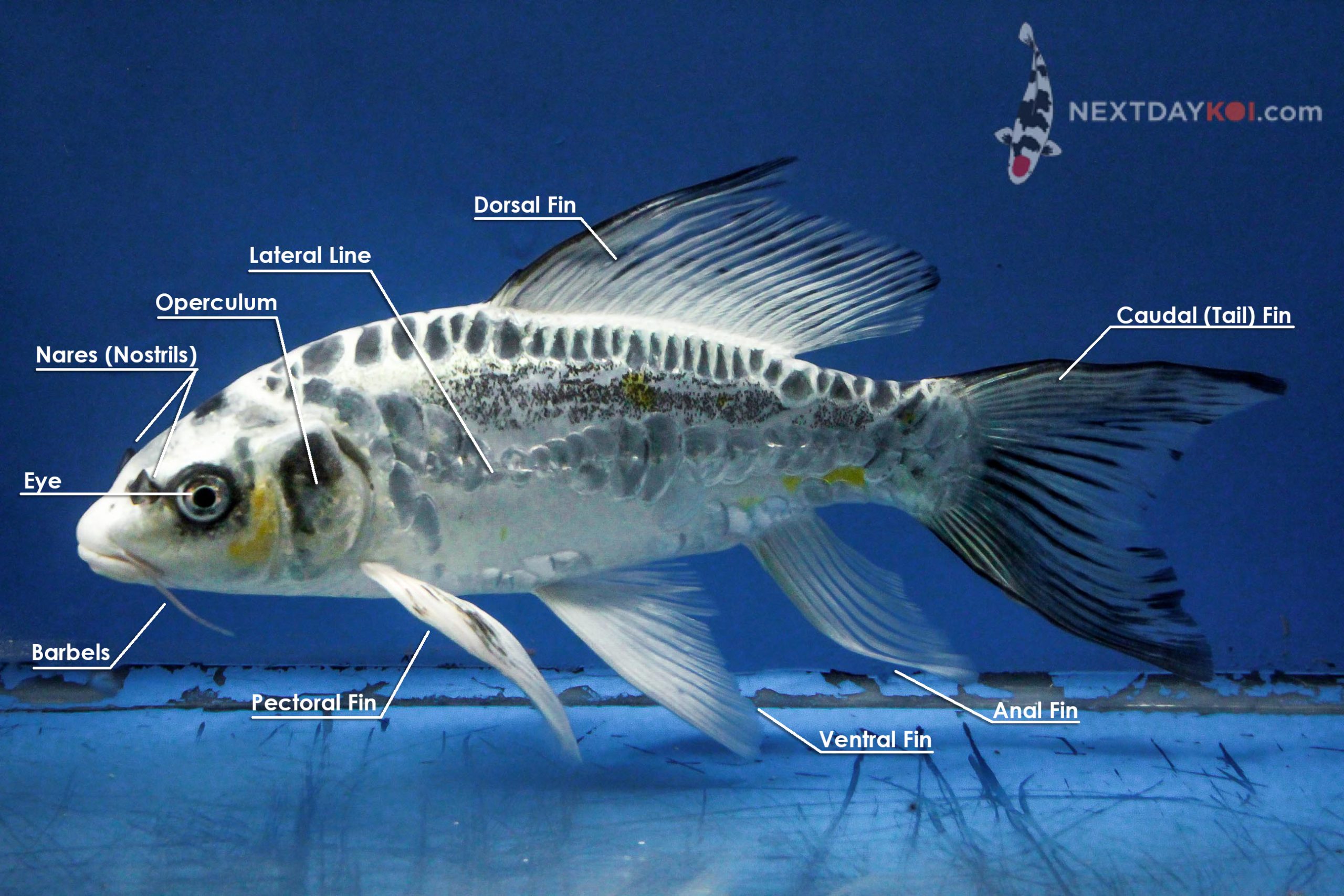
A koi fish is no different than any other living entity. It is a complex and interconnected set of systems that have developed naturally (and in some cases through selective breeding) over the course of its evolution.
There are numerous in-depth and exhaustive resources that discuss a koi’s physiology and anatomy available to hobbyist and enthusiasts, but as you have the most interaction with external features of your Living Jewel, this is just a quick breakdown of what you can see.
Shape
There will be subtle differences based on the variety in question, but a koi fish’s shape is considered fusiform, meaning it tapers at both ends or is spindle-shaped. Your koi is broader at the front than the back which helps to minimize turbulence on the rear and helps to streamline it, and actually makes it more efficient in gliding through its aqueous environment.
[hr]
Fins
Koi possess two sets of paired fins (the pectoral and ventral, or pelvic) and three single fins (the caudal, or tail, dorsal and anal fins). Responsible for movement as well as stability, they are thin, and are susceptible to damage. Fins are usually where disease is first noticed.
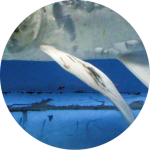 Pectoral
Pectoral
located on the underside, just below the gills, they are used for maneuvering (forwards and backwards) at slow speeds as well as braking and changing direction. They also counter the propulsive force generated by the water coming out of the operculum. They are also helpful in stirring up pond sediment to look for food.
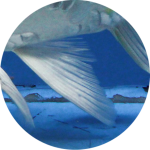 Ventral
Ventral
also known as pelvic fins, these are lower on the body than the pectoral fins and serve a similar function to the pectoral fins. They are responsible for controlling pitch and roll as well as ascending and descending.
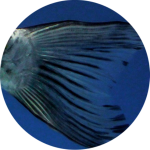 Caudal
Caudal
also called the tail fin, it is responsible for thrust during forward motion (and especially high speed).
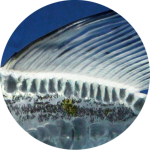 Dorsal
Dorsal
Located on the back of the koi, this is the stabilizer for forward movement keeping the fish upright. When lowered, it reduces drag for higher speed maneuvering and when erect it stops yawing and rolling.
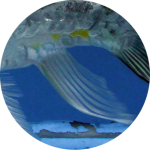 Anal
Anal
this fin is just before the caudal fin and is primarily a stabilizer to prevent yawing and rolling.
[hr]
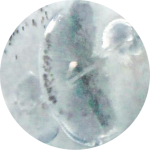 Skin and Scales
Skin and Scales
The first layer of skin, the Epidermis, lies above the scales. It contains the mucous glands that create the ever-important cuticle (or slime coat) that is the koi’s first line of defense against disease and potentially harmful bacteria. It also helps to reduce drag while in motion.
The second layer, or Dermis, contains the scale-forming cells and is where scales are produced. It also houses the chromatophores (pigment producing cells), some sense organs, blood vessels and nerves.
The hypodermis is under that and is fatty layer that forms the barrier between the koi’s skin and the rest of its body.
As a teleost (bony) fish, koi scales are cycloid in nature meaning they grow concentrically and are smooth in texture with smooth outer edges.
The scales themselves are lightweight, calcified, flexible and embedded in a uniform manner into the dermis. The scales (which are different sizes depending on where they are) overlap one another in much the same way that roof tiles do, and do so at five different points.
The calcium in the scales can be leached back into the koi should it need to replenish the fish’s stores when nutrients are hard to come by.
Lost scales, if disease doesn’t set in, will replace themselves in a few weeks. The replacement scale, however, is usually less robust and when compared to previous scales — some uniformity may be lost.
If the scales only cover the dorsal and lateral line, the koi is considered a doitsu (or German koi). There are scale-less koi that are known as leather koi.
[hr]
Lateral Line

On each side of the koi, around the midline, there is a line of porous scales that runs the length of the body. This is a sensory organ that transmits the low frequency vibrations it encounters from longer distances through a series of mucous-filled canals to the peripheral nervous system. It is an important organ in helping the koi to determine threats as well as proximity to objects.
[hr]
Gills
Tasked with gaseous exchange, bringing oxygen into the fish and then shunting carbon dioxide out, these are essentially the koi’s “lungs.” Oxygen-rich water passes over the gills where the oxygen is absorbed into the blood vessels (capillaries) and passed to the body. The gills also are important in excreting waste, namely ammonia, from the body.
[hr]
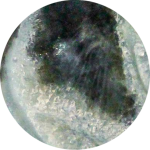 Operculum (Gill Cover)
Operculum (Gill Cover)
This bony plate has the responsibility of protecting the gills underneath as well as acting as a valve that allows the de-oxygenated blood out while stopping it from coming back in. It also regulates the pressure of the incoming water that is passed along the gills. It can be moved to inspect the gills, as it is unattached at the back as well as the lower portion, but it can be torn if handled too roughly or lifted too high.
[hr]
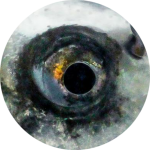 Eyes
Eyes
Koi have excellent vision. Their eyes are also capable of seeing in two directions simultaneously and independently of one another. They can see on either side of the body as well as up and down almost in a 360º panorama—which is helpful to keep a watch on predators while feeding.
If they lose an eye, however, they’ll be fine without them. The sensory array available to koi is so well tuned, that they can use the barbels, lips and mouths to “sense” food. The lateral line also helps with the “fight or flight” component of survival.
[hr]
Ears
Koi don’t have “ears” as we know them, rather they are internal. Vibrations produced in the water are transferred from a series of bones to the swim bladder where they are then amplified.
Your koi aren’t big on repetitive loud noises and this can result in stress-induced illness if they are exposed to it repetitively.
[hr]
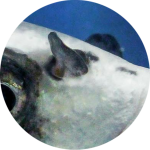 Nose
Nose
Also not a nose in the sense that we understand, rather is two pairs of U-shaped nostrils (or nares) located on either side of the snout between the eyes and mouth. Water is diffused during forward motion onto the olfactory cells that detect smell (located at the base of the nostrils).
[hr]
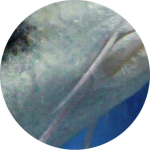 Mouth
Mouth
To best suit the koi’s bottom feeding habits, the protrusive mouth is located toward the bottom of the head. This position classifies koi as benthic feeders. But they are equally adept at feeding from the surface or mid-water, too.
The two sets of muscle-controlled barbels that flank the mouth have sensitive taste buds on their tips to help determine if what they are about to eat is tasty or not. They are helpful in finding food in the substrate that koi forage through.
Next Day Koi has a wide selection of koi fish for sale. Sourced from some of the industry’s leading providers, all fish are quarantined in separate holding facilitates for a two-week period where they are monitored for any signs of health issues to ensure that your next Living Jewel gets to you in tip-top shape.

Is an easy Koi / Shubukin physical differentiator that the Koi have a SINGLE Anal fin while the Shubunkin has a PAIR? Sometimes I can not see some of the other differences, but this one is easy, if I am right?.
How old are Koi (generally) before their Barbels are clearly visible?
What is a Koi’s breeding age? Thank you, Murf (a 78 yr od first time Koi Pond person)